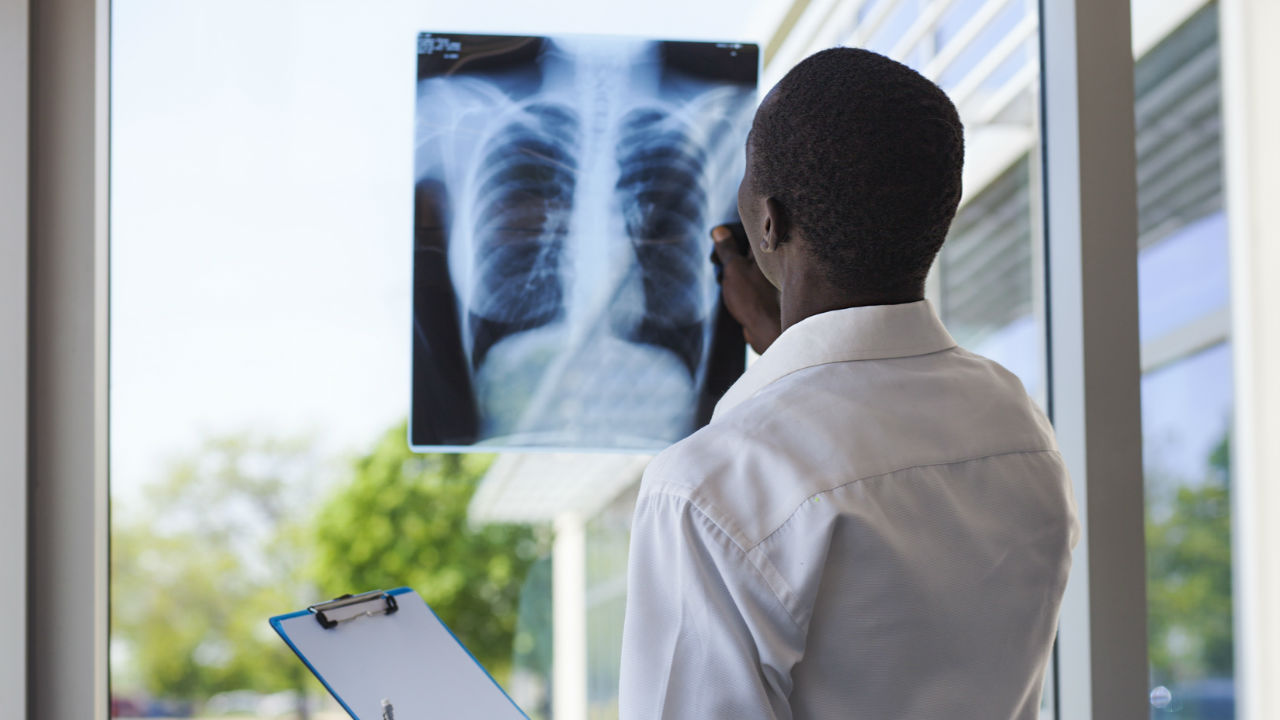What is Lung Abscess?
Probably the most familiar form of abscess is that which occurs in the mouth. It is known as an extremely painful ball full of pus and often follows some form of infection after a surgical dental procedure. A lung abscess is the same thing except it happens in the lungs.
In the case of the lung abscesses, bacteria are introduced to the lungs through the aspiration of vomit, stomach acids and saliva. These fluids can be inhaled while a person is unconscious or asleep following surgical procedures or alcohol or drug use. Those at particular risk are patients who:
- Get drunk
- Use drugs
- Have had a surgical procedure where general anesthesia has been used
- Have gingivitis, periodontal disease or otherwise poor oral hygiene
- Are older and have difficulty swallowing
- Are men (lung abscess cases are reported more frequently in male patients than in female patients)
Lung abscesses may also develop in patients if the bronchi (the two branches of the trachea that lead into the lungs) become blocked by swelling, cancerous tumors or foreign objects.
Approximately 20 percent of lung abscesses are caused by pneumonia that has resulted in the death (necrosis) of lung tissue.
It usually takes about two weeks for an abscess to develop following aspiration of the bacteria or obstruction of the bronchi.
The Symptoms of Lung Abscess
Initially, the symptoms associated with lung abscess may be confused with severe pneumonia. Symptoms include:
- Moderate fever (101-102/F or 38-39/C)
- Chills
- Chest pain
- General weakness
- Ccough (in later stages cough will produce a foul or musty-smelling phlegm, or blood)
- Lack of appetite and weight loss
- Swelling of fingers due to compromised oxygen supply (in chronic cases)
Diagnosis and Treatment of Lung Abscess
Diagnosis is usually determined through a combination of tests. First, blood tests will be taken and doctors will look for an elevate white blood cell count and pus cells in the blood stream. While diagnosis of a lung abscess cannot be done through blood tests, they are usually taken to rule out other possibilities. A bronchoscope (a lighted tube) will be inserted into the wind-pipe to eliminate the possibility of lung cancer. If a patient is severely ill and has a weakened immune system, a fiberoptic bronchoscope (a bronchoscope with a small brush on the end) will be used to collect a tissue sample for testing.
In many cases, chest X-rays will be taken to visualize the presence of a lung abscess. A lung abscess appears on an X-ray as a thick-walled clear space surrounded by solid tissue. A follow-up CT scan of the chest may be ordered to provide a more detailed picture and exact location of the abscess.
Once a lung abscess has been diagnosed, the patient will undergo a regiment of antibiotics usually administered via intravenous. Once the fever has cleared, the patient will be able to take the antibiotics orally. Doctors will continue to monitor the status of the lung abscess throughout the antibiotic period until it is completely gone. In many cases, antibiotic treatment can last as long as two to four months. If there are underlying lung conditions, the antibiotics may not be completely effective in treating the lung abscess.
Resources:
www.merck.com;
www.healthline.com;
http://emedicine.medscape.com;
www.nethealthbook.com






Add a CommentComments
There are no comments yet. Be the first one and get the conversation started!